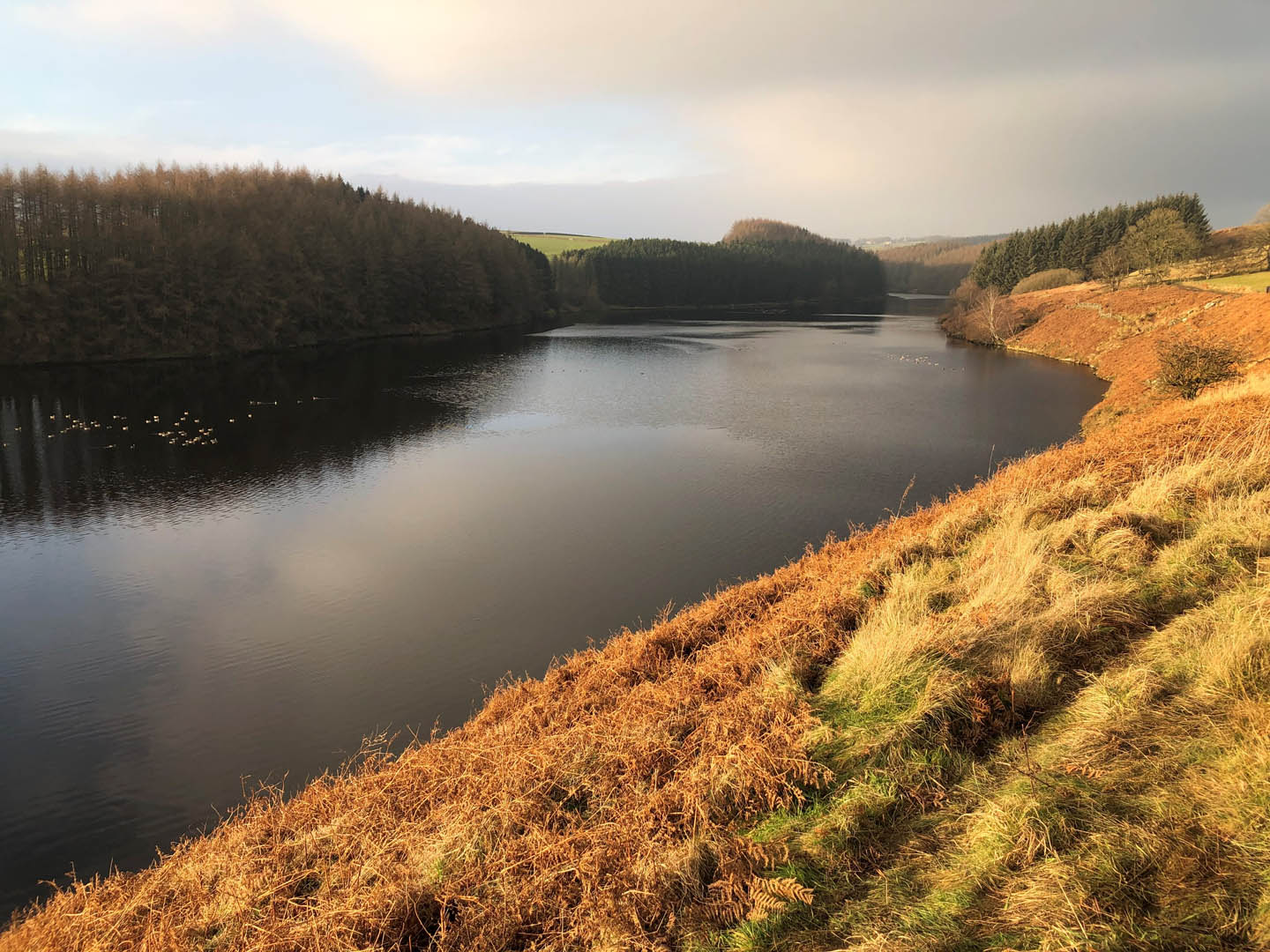We led a team of industry-leading collaborators, with advice from researchers in the USA working at the forefront of modelling extreme weather, in the first phase of this project to improve UK methods for assessing reservoir safety.
- Client Environment Agency
- Location UK-wide
- Collaborators Wallingford HydroSolutions, National Centre for Atmospheric Science, Newcastle University, University of Bath, Mott MacDonald
- Services
Reviewing the methods that underpin the resilience of essential infrastructure in a changing climate
There have been some high-profile near misses with UK dam safety in recent years, most recently at Toddbrook Reservoir in August 2019. Most large dams in the UK are ageing assets that have operated safely for many years. Their future resilience needs to be assured in a changing climate.
There is growing scientific evidence that climate change is increasing the intensity of even the most extreme rain storms. Yet current methods do not make any allowance for the impact of past or future climate change on the Probable Maximum Precipitation (PMP) and The Probable Maximum Flood (PMF).
The Probable Maximum Flood (PMF) is used to check the safety of Category A dams in the UK, where a dam breach could endanger lives in downstream communities. Category A dam spillways must be able to discharge the flow of the PMF without endangering the safety of the dam. The PMF is calculated from a theoretical Probable Maximum Precipitation (PMP).
Methods and data used to derive PMP and PMF in the UK have not been significantly updated since 1975. However, several rainfall and catastrophic flow events have been observed exceeding existing PMP and PMF estimates. Management of dam safety is moving toward a risk-based approach, which needs information that current PMF methods cannot provide
Exploring state-of-the-art numerical weather models
We reviewed 250 pieces of research and guidelines on extreme flood estimation covering over 10 countries and put together a catalogue of observed extreme rainfalls and floods in the UK with over 500 events. Some of them turned out to be higher than what was previously thought to be the maximum (PMP or PMF).
We were able to develop comprehensive recommendations and an implementation plan for the research needed to develop new PMP and PMF estimation methods. This included exploring state-of-the-art numerical weather models that run at a fine enough spatial resolution to represent the process of atmospheric convection.

Providing software and guidance to improve dam safety
This is the first step on the journey towards a comprehensive upgrade of methods that underpin the resilience of essential infrastructure, drawing on innovative research and practice worldwide. It addresses some key recommendations from the Balmforth Review (2021).
In the meantime, engineers and hydrologists now have freely available software supported by guidance to help them get the best out of current methods. It provides the first full implementation of a method for calculating snowmelt which is important for estimating the PMF in winter conditions. This work overcomes a problem that may have resulted in an over-optimistic assessment of safety at some dams.







